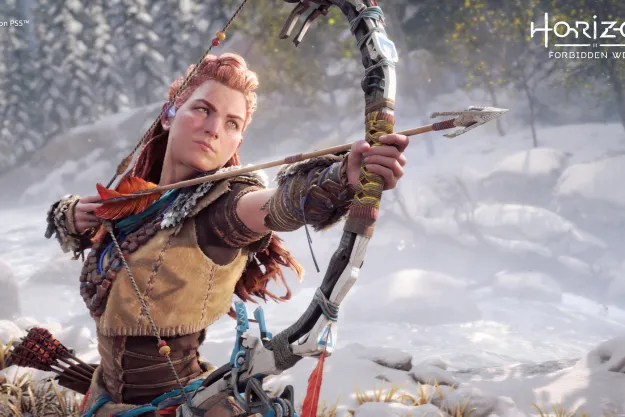You’d think space was the final frontier, but 2016’s spacefaring exploration sim No Man’s Sky seems to keep finding new ways to expand and improve its eye-watering collection of features. What began as a quiet trek through a galaxy comprised of over 18 quintillion lonely planets is now a far more comprehensive game with a more sophisticated suite of gameplay options, including frontier towns to run, outlaw space systems to smuggle goods through, multiplayer missions to complete alongside your friends, and a fully-fledged story campaign to follow at your own leisurely pace.
It’s also recently been updated to its fourth major iteration as of October 7. That’s when developer Hello Games unleashed the 4.0 update, also known as the Waypoint update, coinciding with the long-awaited Nintendo Switch release. As a result of the 4.0 update, long-term No Man’s Sky fans were once again treated to an impressive array of improvements, including boosts to visual fidelity, better legibility within menus, and a noteworthy overhaul to inventory management that also left some players momentarily disheartened.
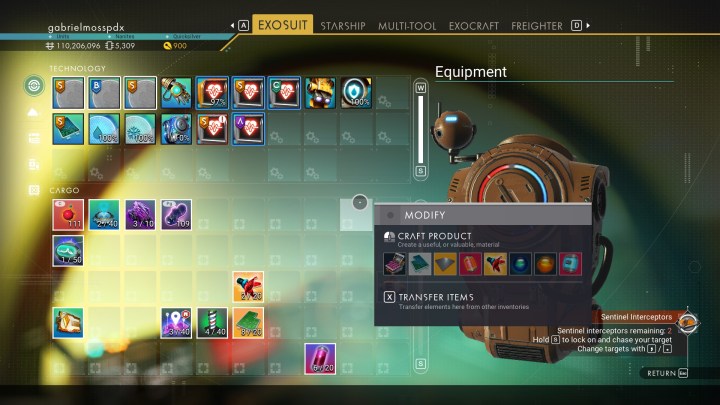
The most visible new feature for existing players, however, is the array of difficulty-setting sliders that can alter the fundamental nature of one’s experience in any aspect of No Man’s Sky, from combat to crafting to interstellar arbitrage. There’s also an option to lock yourself out of further difficulty changes in the future, though I was a little too sheepish to commit to doing that in my own game — which has accumulated around 142 hours of playtime spread over a number of years. While difficulty options may seem like a basic feature expected of any game, the vast amount of options they present transform No Man’s Sky into an entirely different experience that’s worth returning to.
Slide to the left, slide to the right
No Man’s Sky has (up until now) been a largely repetitive experience for me. I’ve fallen into something of a loop, and the loop goes like this: Touch down on a planet, scan everything in sight, collect a few resources from a nearby mineral node, head back up to my freighter, rinse and repeat. I never really got into any of the more intensive base-building, cooking, or animal-breeding elements that have been added to the game since I first began playing in 2017. I mostly skipped the recent updates as well, especially since, frankly, I was getting a little bored with the whole thing.
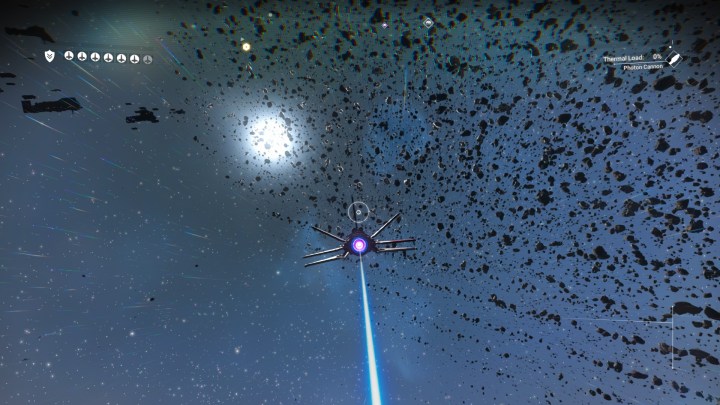
Sure, there’s a lot to do on paper, but No Man’s Sky’s default experience is, fundamentally, a survival simulator with a very specific way of doing each of the various things that it does. I knew I wanted to continue with the same save file, sunk cost fallacy and all, but I was struggling to find joy in any of the individual “fun” activities added to No Man’s Sky over the years. There are Expeditions; seasonal adventures that compel you to start a new temporary save file and complete a set of specified objectives in exchange for rewards you can take back to your other save files. But again, those rewards are cosmetic items destined to be worn inside of a game experience that’s already fundamentally stale after 142+ hours.
Then came the new difficulty settings slider, which I quickly exploited to give my terrain-unfriendly Geology Cannon infinite ammo and thereby nuke a massive crater onto a planet’s surface for levity’s sake. Don’t get me wrong here — you can do whatever you want in No Man’s Sky’s survival mode with all settings cranked to the highest difficulty level, but the main detractor is friction. Most ambitious pursuits, even my crater, normally cost precious time and energy when accounting for the number of resources it might cost to keep yourself alive and your tools powered up.
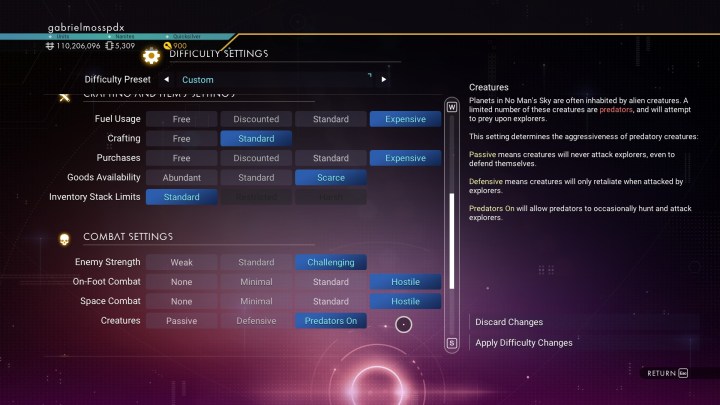
But No Man’s Sky plays best as a sandbox rather than a survival sim, and that’s what its alternative creative mode is supposedly all about, though I never chose to experience or enjoy its relaxed approach to spacefaring exploration because, yet again, I just couldn’t be bothered to create a new save file. Hey, look! Now there’s a slider that you just can crank all the way to the left when you want to make No Man’s Sky’s individual elements work exactly the way they’d normally work in creative mode. Get bored of that too? Cool — just slide everything back to the right, and you’re good to go.
You can get pretty granular with these settings, meaning you might choose to remove all fuel and crafting costs while simultaneously making other bits more difficult. For instance, you might decide you still want planetary combat, so you can ramp up the aggression and relative strength of the roaming Sentinels, an automated combat force that usually attempts to stop you from mining, terraforming, or even being poorly dressed while in the vicinity of a planet. You can also simply turn them off forever, allowing your mining and crafting to go completely uninterrupted ad infinitum. I personally despise the presence of Sentinels altogether, and I also hate the idea of planets remaining uninhabitable after I’ve chosen to inhabit them, so I’ve turned those off.
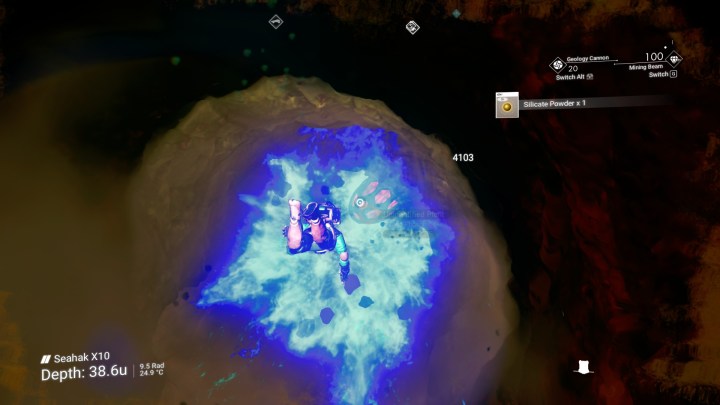
I haven’t fully explored the limits of these highly versatile difficulty settings, but for now, the sky’s the limit. After I finish blowing a hole into this planet’s ocean, I could simply fly to another planet and do it all over again with absolutely no fear of consequences. Or I could turn the whole crater into a massive aquarium, a place to grow unnecessary quantities of faecium, or even a little dance club to populate with all of my virtual friends. By “virtual friends,” I mean “whomever I can convince to follow me home from the Nexus.”
In any case, the new update cuts the boredom factor by quite a lot, especially considering that I can finally finish exploring Hello Games’ sprawling galaxy exactly the way I want to; as an unstoppable being of unhinged creation and destruction in equal proportions. Maybe I will finally settle down and build that base I’ve been wanting to build.
Editors' Recommendations
- Fallout 4 is finally getting free Xbox Series X and PS5 upgrades
- Every rumored Xbox exclusive coming to PS5 and Switch
- 2023 gaming report card: how did PlayStation, Xbox, and Nintendo score?
- The Lord of the Rings: Gollum is unintentionally delightful
- You can still get a Thunder Shotgun in Fortnite Chapter 4 Season 2. Here’s how


